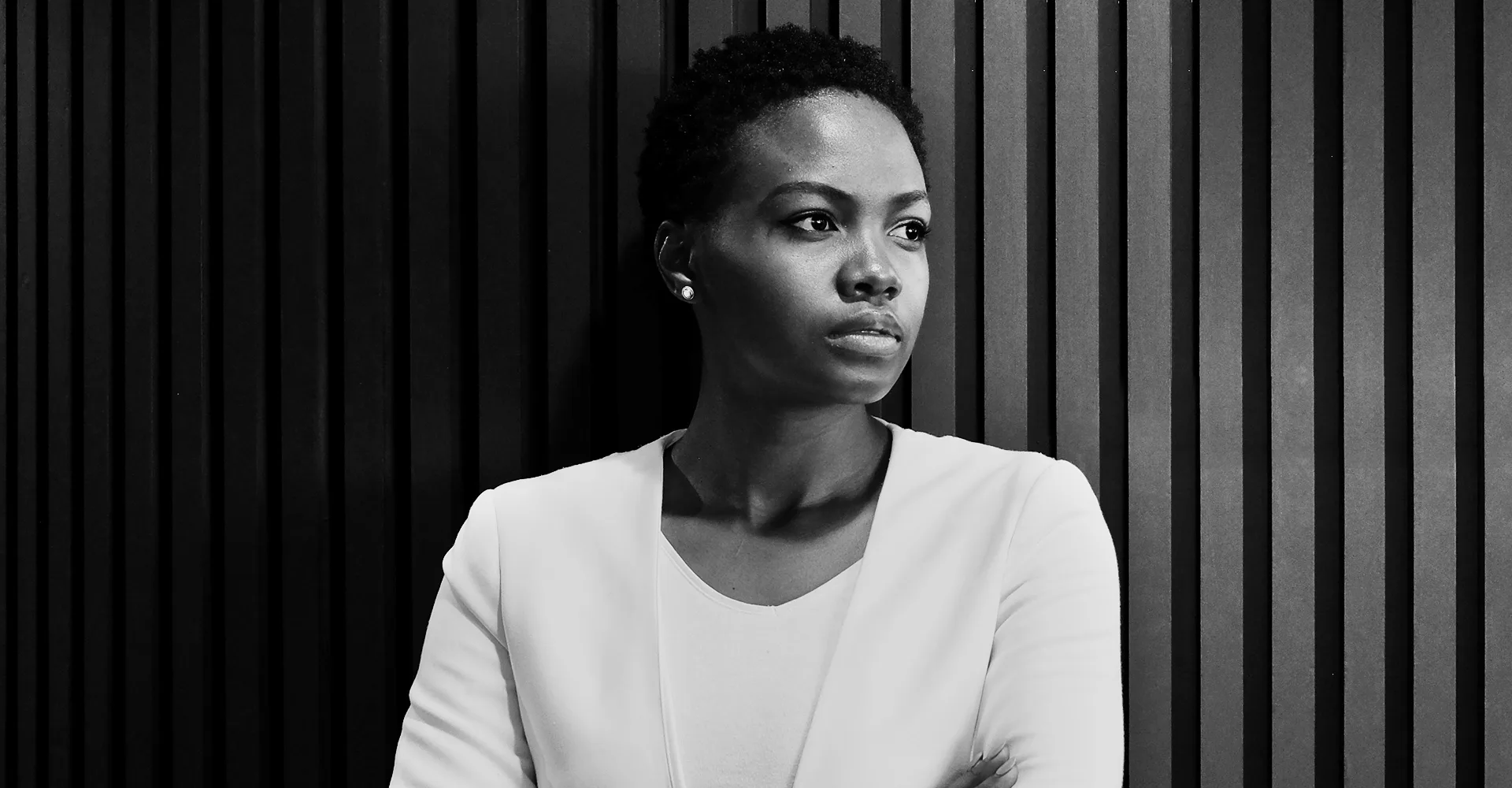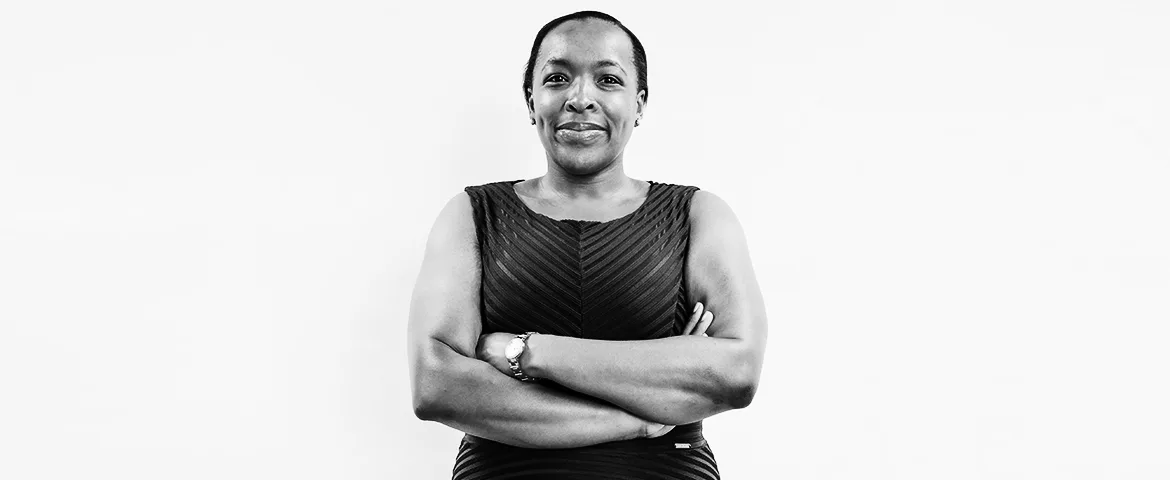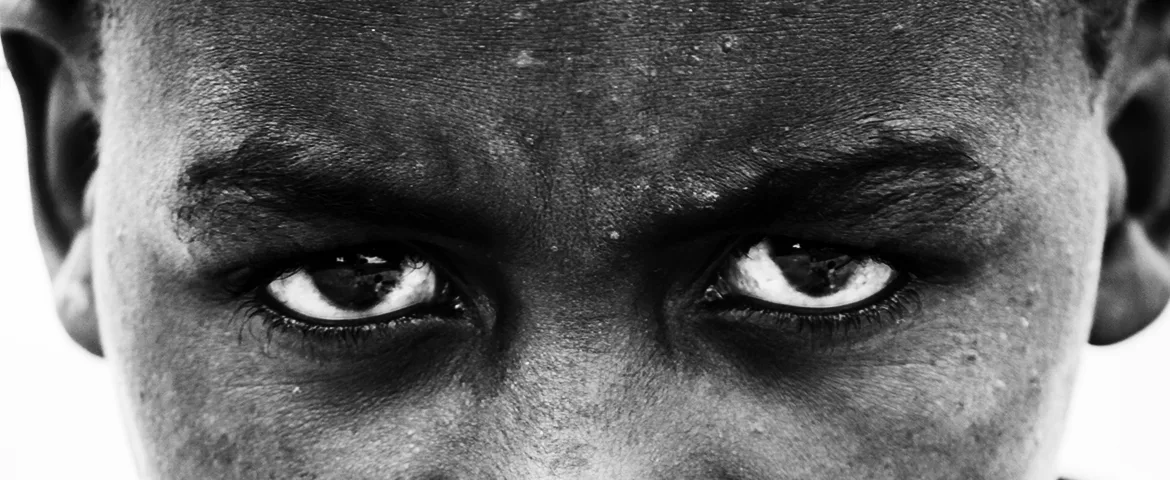Do smart speakers and personal assistants have something good to say about your brand?
If Apple’s voice-controlled personal assistant, Siri, were a real person she probably wouldn’t have many friends: she struggles to pronounce names, interjects spontaneously, repeats herself and when you ask her a question, nine out of 10 times she flatly tells you to just look it up online yourself.
At the moment it would appear that Siri hasn’t gotten it right. But what if it’s you who has it all wrong?
About 2000 years ago the Greek philosopher Epictetus was born. He didn’t have much, his parents weren’t known and at a young age he was taken into slavery. But though he was un-influential in his youth, he made up for it in his old age. He became a large philosophical influence on Marcus Aurelius, traditionally known as the last of the five good Roman emperors. He was depicted in the blockbuster Russell Crowe movie Gladiator.
Epictetus famously said: “We have two ears and one mouth so that we can listen more than we can speak”. Though not referencing eyesight, the quote seems to point to a modern-day trend: the resurgence of listening.
Turning up the volume
If you look at the history of media and how it appeals to the senses, one could argue that we are more visual than anything else. Brands began advertising with grainy black-and-white print adverts, then with the advancement of technology moved into colour print and finally to video, the most prolific and popular medium today.
However, we are also auditory beings. Video without sound is oddly out of place and today many people have earphones constantly dangling from their ears or music thumping from their stereos. According to Nielson Music, Americans spend 32 hours a week listening to music, more than ever before. This resurgence of listening has laid bare a gap in the market. In filling this, podcasts are becoming an increasingly popular channel for brands to express themselves, books are being read to us rather than by us and smart speakers are telling us things that we want to know instead of showing them to us. Times are changing.
Siri-ous business
According to a report by Juniper Research, smart speakers will be installed in 55% of U.S. households by the year 2022. By that time, over 70-million households will have at least one smart speaker in their home, and the total number of installed devices will top 175-million. With the growth of this channel and its place in the personal spaces of our clients, brands should be using the technology as a way to connect.
The most widely known example of a brand that has engaged with smart speakers as a channel was Burger King. In its Cannes Lions award-winning advert, the brand “hacked” the Google Home smart speaker by using the voice prompt command: “OK Google, what is the Whopper Burger?”. The smart device reacted to this by reciting the history of the Whopper from its Wikipedia page. It was a breakthrough.
How do you sound online?
With Burger King as inspiration, go up to any smart speaker you can find and ask it to tell you about your brand. For example, ask: “Hey Siri, tell me about Capitec” or “Hey Siri, why does FNB exist? or “Hey Siri, what does MTN do?”. If she doesn’t answer your question, reverts to reciting your address, or starts blabbing on about another company with the same name, go back to your web designers and your marketing team and purposefully craft your answers to these questions. They are soon going to be asked.
It’s time to start thinking about the way brands can interact with, and mine, this new technology.
Brands need to take Epictetus’s advice, listen and acknowledge this growing channel of communication, understanding the power that it has to allow consumers to converse with their brand. Further than acknowledgement, there needs to be action.
Siri is only as good as the information you give her. Next time you’re annoyed that she’s got it wrong, make it your business’s business to get it right.










